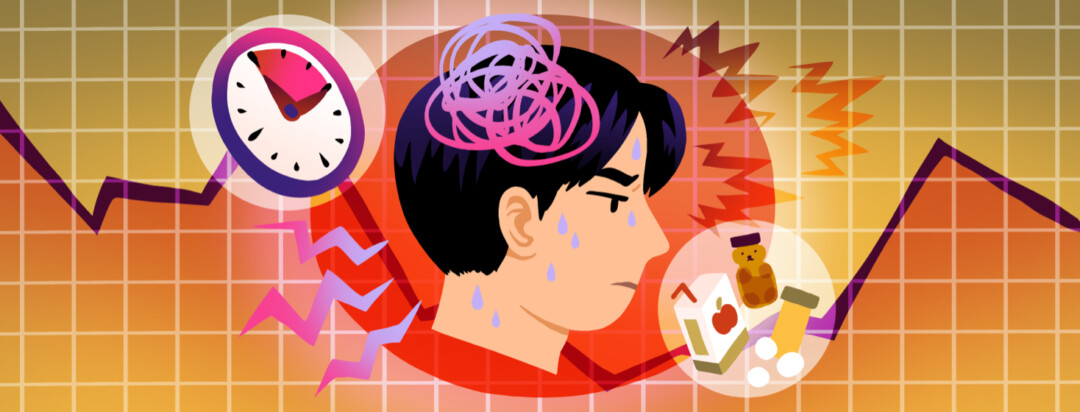Your Go-to Guide for Managing Low Blood Sugar (Hypoglycemia)
Hypoglycemia is the medical term for low blood sugar. Hypoglycemia is considered a blood sugar less than 70mg/dL or below.1
It's important to have a plan in place so you can quickly react to decreasing blood sugar levels. We will review the causes, symptoms, and treatment options so you can be prepared. Use this as a resource for managing low blood sugar.
What are the levels of hypoglycemia?
Hypoglycemia is a low sugar less than 70mg/dL. However, there are 3 levels of hypoglycemia:2
- Level 1 – Glucose levels are between 54 mg/dL and 70 mg/dL.
- Level 2 – Glucose is less than 54 mg/dL.
- Level 3 – Glucose is so low that it impairs a person's mental or physical functioning and requires assistance for treatment.
What are the common symptoms of hypoglycemia?
Symptoms of low blood sugar may vary between each person and each episode of hypoglycemia. Common symptoms include:2
- Sweaty/clammy skin
- Shakes/jitters
- Weakness
- Dizziness
- Abnormally fast heart rate
- Irritability
- Confusion
- Increased hunger
Is it possible to experience no symptoms with hypoglycemia?
Yes. If you have frequent low blood sugars, you may lose the ability to feel the usual signs or symptoms of hypoglycemia. This is called hypoglycemia unawareness. Even if you feel fine or normal when blood sugars are running low, it is NOT safe to have blood sugars less than 70 mg/dL, and this still needs to be treated immediately!2
What are the common causes of hypoglycemia?
There can be many factors that contribute to low blood sugar. Some common causes of hypoglycemia include:2
- Taking too much insulin or certain medications
- Taking diabetes medications without food or enough carbohydrates
- Physical activity or more activity than planned
- Alcohol consumption
- Weight loss (which may result in needing a lower dose of medications)
I have hypoglycemia – how should I treat it?
When leaving the house, it is important to plan ahead in case your blood sugar drops. Always carry your continuous glucose monitor (CGM) or meter and a rapid-acting carbohydrate treatment or glucagon. Rapid-acting carbohydrates include glucose tablets, juice, sugar, or honey.
The 15-15 rule
If your blood sugar is less than 70 mg/dL, follow the "15-15 rule" by following these steps:3
- Consume 15 grams of rapid-acting carbohydrates.
- Wait for 15 minutes after consuming a rapid-acting carbohydrate.
- After 15 minutes, check your blood sugar. If you wear a continuous glucose monitor, use a finger stick.
If your blood sugar is still less than 70 mg/dL, repeat steps 1 through 3 until blood sugar is back in normal ranges.3
What is glucagon, and when should I use it?
If you are at risk of having low sugars, your doctor may order you to have glucagon on hand. Glucagon is a hormone that is given as an injection or nasal spray to bring up your sugars.2
The Standards of Care in Diabetes recommends that glucagon should be prescribed for everyone at risk of level 2 or 3 hypoglycemia. It is recommended that family members, friends, or coworkers become familiar with how to give glucagon in the event of a hypoglycemia emergency.2
What should I do if I am having frequent low blood sugars?
Talk to your doctor or healthcare team if you are having frequent low sugars. They can help you make necessary adjustments with diabetes medications, physical activity, or eating that may prevent low sugars.

Join the conversation